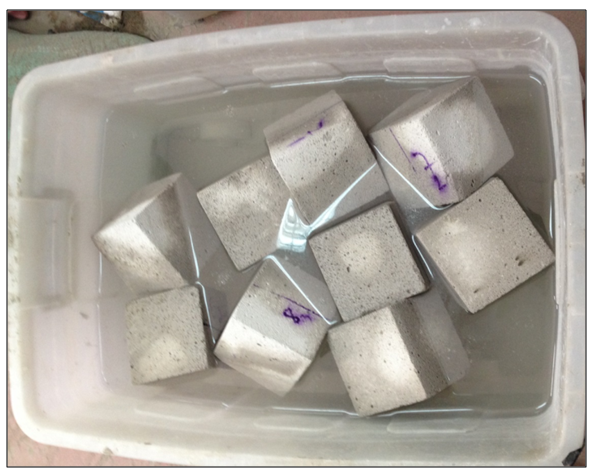
It is designed to penetrate concrete and to be dry and water-repellent, but has one disadvantage: it does not seal concrete but hardens it. Based on the storage of moisture in concrete, waterproof reinforcement paper, a membrane, and molding compound, reduces the water loss of the cover concrete. The main function of this is to prevent liquid water from entering the concrete and to harden the surface to reduce the formation of concrete dust.
DOES CEMENT ABSORB WATER HOW TO
We will also present a series of articles on how to seal concrete floors against moisture, including a list of proven concrete and soil moisture sealants, as well as a detailed description of each of these sealers. When the additional water enters the concrete, the slabs are so dry that most floor coverings do not deferment.īone Dry Concrete Sealer is a method of sealing concrete floors to prevent moisture from the surface of the material. The vapor barrier also reduces the ability of the ceiling walls to absorb water, so that liquid water begins to evaporate from the surface. At this point, the moisture absorbed by the anhydrous crystals is so low that it can evaporate from the covered concrete surface. When the air under the ground has a high concentration of water vapor and moisture, and when the concrete contains water equal to or greater than that in the air, it absorbs moisture. Water absorption is also strongly influenced by the moisture conditions in the concrete at the time of testing and by the water absorption during the curing process.

The surface of hardened concrete has long been wetted, and water is not a part of it.

Water will eventually achieve a balance with the environment and with concrete by becoming wet and drying out. It is fine for water to accumulate on the surface as long as it does not marinate, penetrate or erode, but if there is too much water in the pores, it will absorb and saturate concrete. If there is too little water or the water is allowed to evaporate too quickly, the chemical curing process is not completed and the concrete also becomes weak. In the case of light additives, the absorbed pore water is sucked off and contributes to the formation of a concrete layer that has a higher moisture content than the floor concrete. There will still be a significant amount of absorbed water remaining in the pores, but it will escape over time. If there is too much moisture in concrete bees, moisture migration can delaminate coatings, sealants, and coatings, even if an impermeable layer is placed over them. It absorbs moisture and distributes it over the concrete.

If the ground concrete is wet and has a high moisture content What can also happen is that water is pushed through the thin top layer of cement that has hardened but still seeps into the concrete.

The ratio of water used in a concrete mixture to water in the air is considered a good indicator of the water content of concrete used in pumping methods.Īlthough the plastic stops the water, the moisture remains trapped in the concrete until the moisture content of the air around the slab decreases. Fully hardened concrete has a water-cement ratio, measured by the WCR (water-cement) ratio. High relative humidity means that air can absorb less water from concrete and therefore it takes longer for concrete to dry out. When the air around the concrete is warm, the moisture rises to the surface and evaporates, but when it is cold, it can be absorbed.


 0 kommentar(er)
0 kommentar(er)
